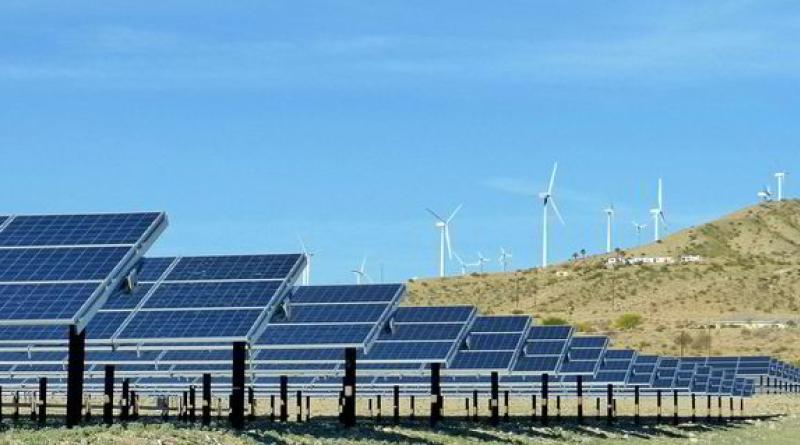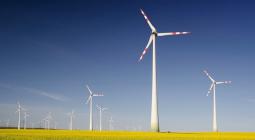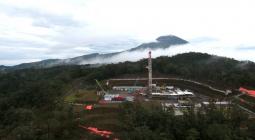Solar and wind outstrip fossil gas in US power build facing challenge-roiled market: FERC

Renewables technologies again dominated new generation placed in service ahead of fossil gas, while coal came up empty as American utilities embrace energy transition
Solar and wind provided 74% of US utility-scale power generation build and expansions last year, down from 80% in 2021, with deployment in both renewable energy sectors contracting due to macroeconomic, policy, and regulatory challenges, according to new data from the Federal Energy Regulatory Commission (FERC).
Solar additions totalled only 9.9GW, the most for any energy source in the US but a steep decline from 15.3GW in 2021 and a shade under 2020’s 11GW.
President Joe Biden’s administration is counting on solar more than any other clean energy technology to replace fossil fuels in the power sectorto help meet the US 2030 Paris Agreement pledge to cut greenhouse gas emissions 50-52% from 2005 levels and achieve a carbon-free electric grid in 2035.
Most developers struggled to advance their scheduled timelines for projects with 40-year high inflation and surging interest rates raising construction, equipment, financing, and shipping costs, while labour shortages persisted in some regions of the country. Projects also faced lengthy grid interconnection delays.
Moves by Congress and the White House to toughen enforcement of US trade policies with China also aggravated Covid-induced supply shortfalls. The US is heavily dependent on China for solar panel raw materials and southeast Asia for cells, components, and modules, where some key suppliers are subsidiaries of Chinese companies.
The US in 2011 imposed duties on Chinese products to offset state subsidies and below-market prices. In December, the Department of Commerce (DoC) initially found four Chinese manufacturers and potentially as many as 22 others were avoiding the tariffs by assembling solar products in Southeast Asia.
While DoC application of any extra tariffs resulting from a final ruling would not occur before 6 June 2024, the potential for hefty additional costs has led some importers here to cancel shipments and seek alternative sourcing, and developers to place certain projects on hold.
Wind additions last year were 8.5GW, down from 12.9GW in 2021, and lowest since 2018, according to the latest Energy Infrastructure Updatefrom FERC, which oversees bulk sale and transmission of electricity and natural gas in interstate commerce, and crude oil and products transportation by pipeline among states.
While less dependent on imported components than solar, wind developers faced many of the same macroeconomic issues such as inflationary cost pressures and a spike in project financing costs, as well as interconnection delays.
Sector activity also slowed amid uncertainty over whether Congress would renew the production tax credit, the main industry federal subsidy, which had expired at the end of 2021. It did at full value for 10 years, if new eligibility criteria are met, as part of the landmark climate law signed by Biden last August.
While providing unprecedented long-term visibility for investment, the Internal Revenue Service has yet to fully clarify guidance on how to qualify for certain tax credit bonuses, a process with no firm deadlines. This is expected to add to project delays.
Additions for all primary fuel types totalled 25.1GW last year versus about 35GW in both 2021 and 2020, and also the least activity in more than five years.
Fossil gas was third with 6.5GW added, down slightly from 6.9GW in 2021 and 7.9GW in 2020. Total 2022 US additions were 25.1GW compared to 35.4GW the previous year.
There were no expansions of coal generation capacity versus 11MW in 2021, with other additions including geothermal (90MW), biomass (31MW), hydro (24MW), fuel oil (18MW), and nuclear (17MW).
The US ended 2022 with 1.26TW of installed generating capacity led by fossil gas (44.1%), coal (17.3%), wind (11.3%), nuclear (8.1%), hydro (8%), solar (6.4%), and the balance mostly carbon-free technologies.




